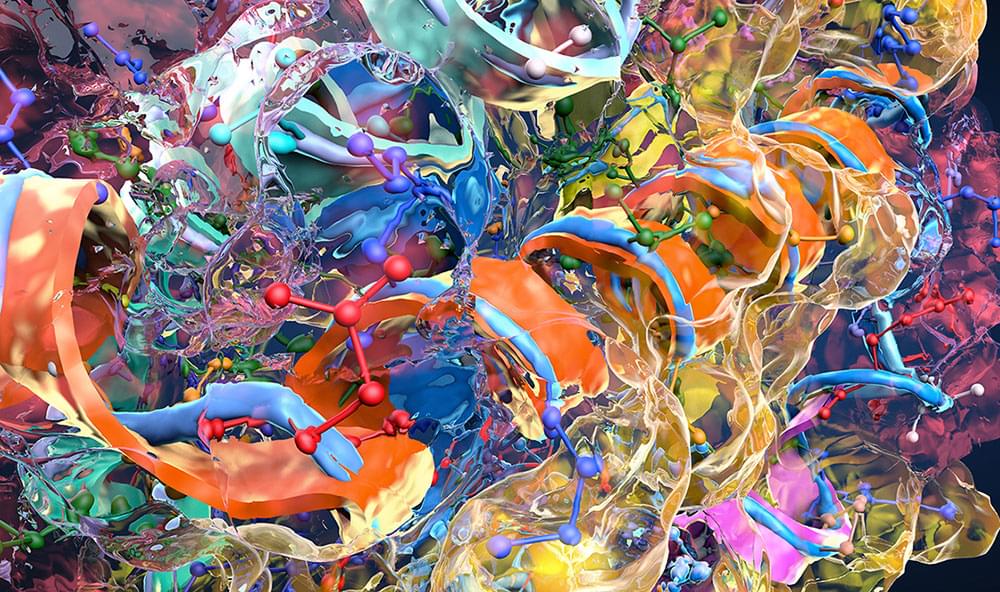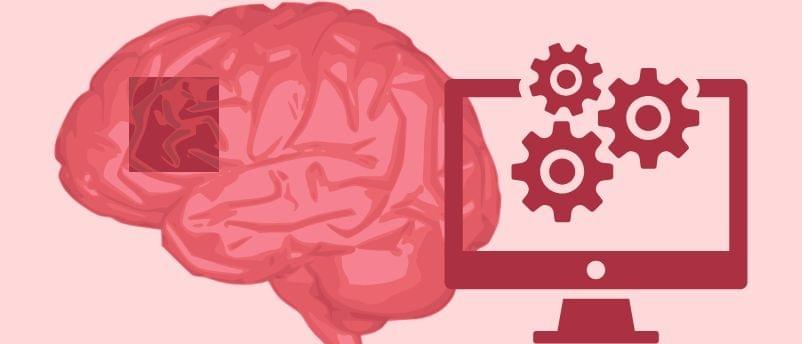A newly developed generative AI model is helping researchers explore protein dynamics with increased speed. The deep learning system, called BioEmu, predicts the full range of conformations a protein can adopt, modeling the structural ensembles that underlie protein function.
The work, in a paper titled “Scalable emulation of protein equilibrium ensembles with generative deep learning,” was published in Science. Researchers developed BioEmu as a high-speed emulator of protein motion, capable of generating thousands of conformational states in just one GPU-hour, significantly outperforming traditional molecular dynamics (MD) simulations.
Understanding protein function has been a challenge, often hinging not on a single structural component of the protein, but on the combined ensemble of shapes within the protein. Proteins frequently shift between different conformations depending on their interactions or environment, which has been a challenge for other methods to capture accurately.









